
Here are couple of dozen pics of the Flora and Fauna of Nature's Classroom near Mentone, Alabama on Lookout Mountain. I snapped these last Wednesday, Thursday, and Friday during our annual fourth-grade trip. As one critic has noted I am a little skimpy on Fauna, the bashful beasts.
---------------------
Later---
From my Facebook:
I'm sorry I couldn't catch a shot of the skunk that a few of us watched drift through the cabin circle Thursday night. Here are a few other natural wonders I snapped during our trip to Nature's Classroom. I'll label to the best of my ability and edit as my more botanically or zoologically astute friends nudge me.
 |
| Lichen |
 |
| Whorled Loosestrife Lysimachia quadrifolia |
 |
| Lots of these deerberries or blueberries or huckleberries or whatever were blooming. I suppose this is a vaccinium species. I'm guessing Vaccinium stamineum, Deerberry. |
 |
| Vaccinium stamineum, Deerberry |
 |
| Maple-leaf Viburnum, Viburnum acerifolium |
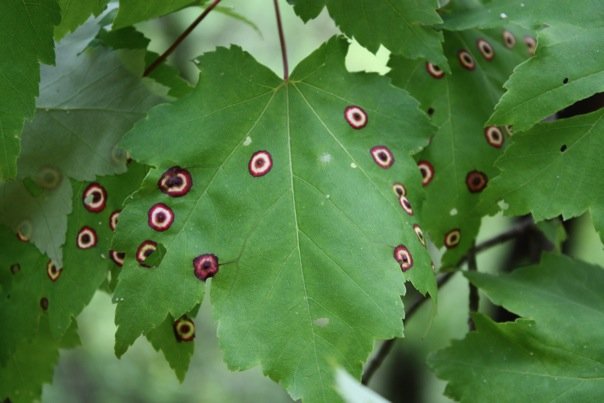 |
| The parasite responsible for this particular gall is the maggot larvae of the ocellate (or maple eyespot) gall midge. The bull's eye is formed by substances secreted by these maggots. Once they mature they'll drop to the ground below and burrow into the soil where they'll eventually rise as adults. http://naturejournals.blogspot.com/.../maple-eyespot-gall... Maple Eyespot Galls Recently Spotted |
 |
| Hawthorn Crataegus spp |
 |
| Hawthorn Crataegus spp |
 |
| Granny Graybeard or Fringe tree Chionanthus virginicus |
 |
| Hawthorn Crataegus spp |
 |
| Hawthorn Crataegus spp |
 |
| DYC "D@*# Yellow Composite" |
 |
| Rhododendron sp. |
 |
| Rhododendron sp. |
 |
| Mountain Laurel Kalmia latifolia |
 |
| Galax Galax urceolata |
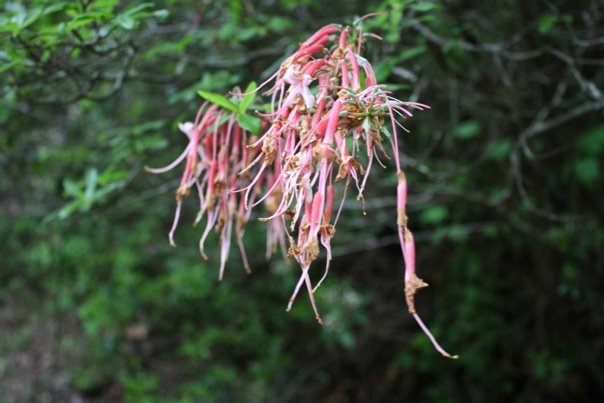 |
| I suppose this could be the same one we have on our campus at Armuchee: Piedmont Azalea Rhododendron canescens? |
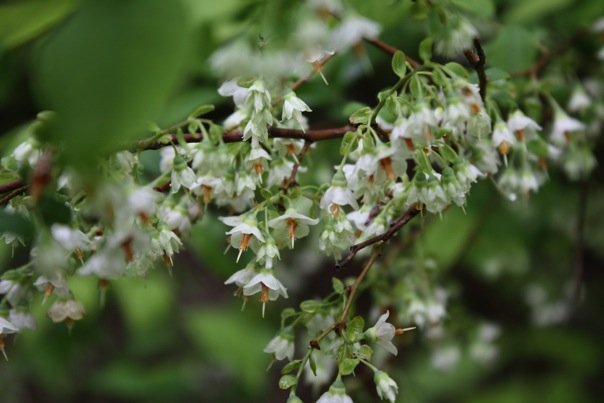 |
| Vaccinium stamineum, Deerberry |
 |
| A different Vaccinium species? Or just closer to fruiting? |
 |
| Centipede in the shower. Centi shouldn't do that. This looks like a "House Centipede" Scutigera coleoptrata Wikipedia says: " Scutigera coleoptrata (one of several species commonly known as the house centipede), is a yellowish-grey centipede with 15 pairs of legs. Originally endemic to the Mediterranean region, the species has spread to other parts of the world, where it usually lives in human homes. It is an insectivore; it kills and eats arthropods such as insects and arachnids S. coleoptrata is 25 mm (0.98 in) to 50 mm (2.0 in) in length and has up to 15 pairs of remarkably long legs. These delicate legs are attached to a rigid body. This enables it to reach surprising speeds of up to 406 mm (16.0 in) per second[1] running across floors, up walls and along ceilings. Its body is yellowish-grey and has three dark-colored dorsal stripes running down its length; the legs also have dark stripes. Unlike most other centipedes, house centipedes and their close relatives have well-developed, faceted eyes. S. coleoptrata has developed automimicry in that its hind legs present the appearance of antennae. While it is at rest it is not easy to tell its front from its back." http://en.wikipedia.org/wiki/Scutigera_coleoptrata |
 |
| Eumeces fasciatus Five-lined Skink There are three Five-lined Skinks in the southeast. I'll guess this one. |



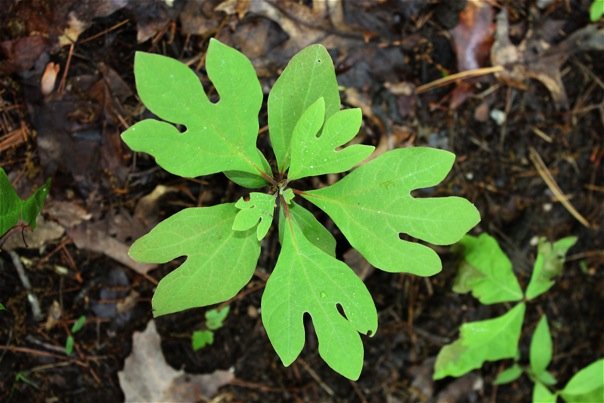


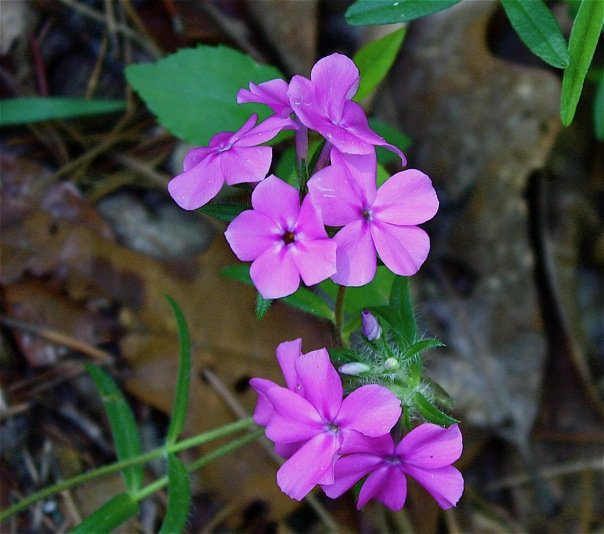










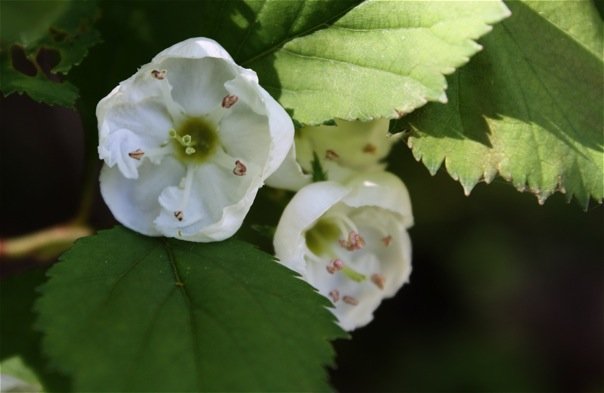
No comments:
Post a Comment